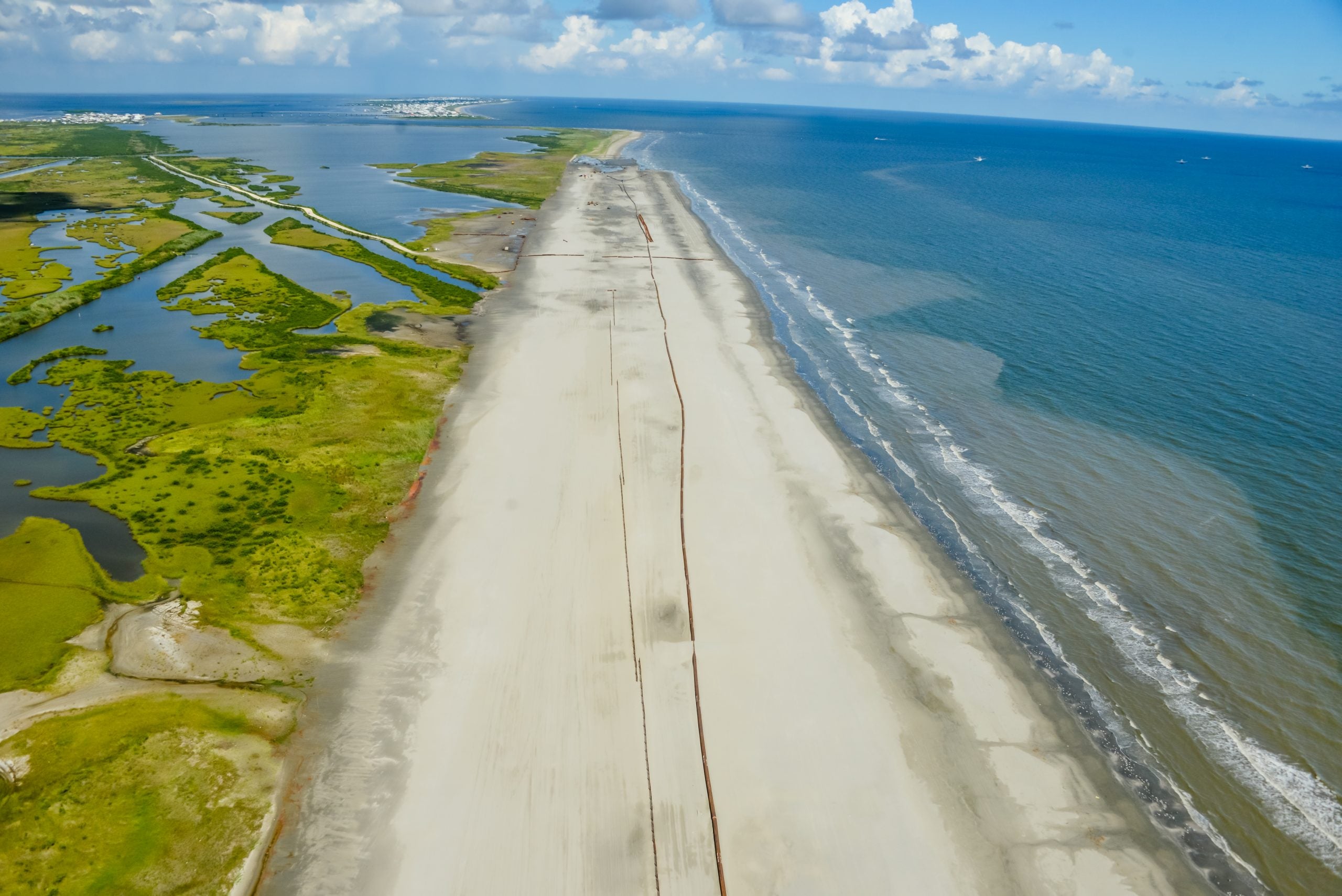Across the world, more communities are experiencing significant impacts from our changing climate, with severe weather events becoming “the new norm” according to the recently released State of the Climate report. Without action, these disasters could require $20 billion in annual humanitarian aid according to the International Federation of Red Cross.
As world leaders meet this week in Scotland for COP26, they must do everything in their power to reduce emissions and avoid worsening climate scenarios. It is great to see critical attention to natural climate solutions like avoided tropical forest loss front and center at the COP.
At the same time, we must also invest in solutions that can save lives and property from those climate impacts that are already unavoidable. Fortunately, there are solutions that both reduce climate pollution and protect against impacts already being felt. A new report by the International Institute for Sustainable Development (IISD) provides insight into how to do that, showing that natural infrastructure can save hundreds of billions of dollars annually in climate adaptation costs, while delivering the same or better outcomes as traditional, hardened infrastructure.
Here are three reasons to move quickly to implement natural infrastructure solutions:
1. Natural infrastructure can save hundreds of billions of dollars annually compared to hardened infrastructure.
By implementing natural infrastructure, policymakers can protect people and property while also saving a lot of money — $489 billion annually according to the report — compared to the costs of using traditional grey infrastructure like levees, dikes and seawalls.
Researchers at IISD calculated global infrastructure needs at $4.29 trillion annually over 20 years and estimated that natural infrastructure can meet 11.4% of those needs. From there, they identified that natural infrastructure solutions are up to 50% less expensive than hardened infrastructure, resulting in significant cost savings if natural solutions are implemented.
As climate change affects more communities, the demand for funding for risk reduction and disaster recovery is increasing, creating fiscal constraints for governments seeking to address growing impacts.
The cost savings generated by implementing natural infrastructure can help get more projects built in more places with limited available funding.

A recently restored barrier island in Louisiana provides communities with a first line of defense from storm surge and sea level rise.
2. A diversity of natural solutions can build climate resilience around the world.
No geography is immune from the impacts of our changing climate, from more intense hurricanes and sea level rise on our coasts to record-breaking rainfall and inland floods to extreme drought contributing to raging wildfires.
Natural infrastructure offers a range of solutions to address these impacts, including mangroves and coastal marshes to protect from storm surge to restored wetlands and reconnected floodplains to allow rivers and streams to flow to recharge areas for aquifers that provide vital water storage in drought-prone areas.
The report provides a breakdown by sector, highlighting where natural infrastructure can replace traditional infrastructure and the corresponding investment needed, including $62 billion in annual agricultural investments and $14 billion in annual climate resilience investments. For both sectors, natural infrastructure can meet 50% of the overall infrastructure needs.
3. Natural infrastructure delivers added benefits and value over time.
The report also indicates that natural infrastructure is a better value — providing “the same or better outcomes” — compared to traditional hardened infrastructure. In fact, natural infrastructure delivers 28% added value through improved water quality, enhanced wildlife habitat, recreational opportunities, job creation and other quality of life improvements.
The report highlights the need to acknowledge the full range of benefits that natural infrastructure delivers in selecting and funding projects. Federal agencies like the U.S. Army Corps of Engineers (Corps) and FEMA can account for these benefits in their cost-benefit analyses to increase both climate resilience and equity in areas of greatest need.
Recently, the Corps released their first-ever international guidelines for using natural infrastructure to reduce flood risk and emphasized the need to understand the full range of benefits these solutions provide. This is an important sign of progress that can increase their adoption.
These findings provide another wake-up call for policymakers and planners worldwide to rethink traditional approaches to risk mitigation and prioritize natural solutions.
Investing in natural infrastructure must be a priority to build climate resilience in a cost-effective and comprehensive manner.









